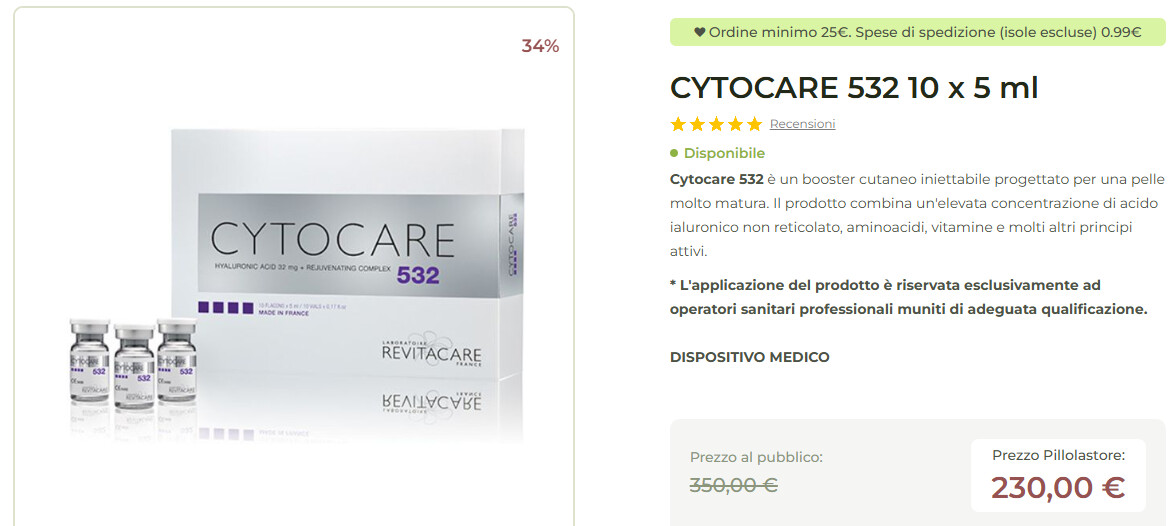This is a continuation of this thread: How to Reverse Skin Aging (2022 to 2024)
What the evidence says about the consequences of cosmetic tweakments
Laser therapy, microneedling and vampire facials are among the bizarre, non-surgical treatments that have become widely available, but their evidence base is decidedly mixed
In recent decades, a number of laser, radiofrequency, ultrasound and intense pulsed light devices have been introduced that can ostensibly restore that youthful glow. Developed from treatments to promote wound healing and reduce scarring, these technologies all involve waves of energy penetrating the outer layers of the skin to heat it from within.
“If you heat the skin up enough, you basically stimulate a kind of a wounding response,” says Kiely, which then spurs the body to produce collagen and elastin to heal the damage. “So you’re playing with the body’s ability to repair itself.”
Read the full story: What the evidence says about the consequences of cosmetic tweakments (NewScientist)
The only four skincare ingredients that have been proven to work
In the quest for better skin, we are faced with an overwhelming choice of creams and serums to enhance our appearance. Here’s what works – and what doesn’t
Deciphering claims about these ingredients can be tricky. “Every year, there are at least three more ‘miracles’ on the market,” says Fu’s colleague and fellow chemist Gloria Wu. However, in their book, Skincare Decoded , they focus on the “big 4” – ingredients with the strongest evidence to back up marketing claims. These are retinoids, vitamin C, niacinamide and alpha hydroxy acids (AHAs).
Read the full story: The only four skincare ingredients that have been proven to work (New Scientist)
Forget aesthetics, the reason to look after our skin should be health
New research shows that ensuring the skin is in excellent condition should be a priority for anyone who wants to increase their chances of living a long life
There are many other reasons to take care of our complexion besides cosmetic concerns, however. According to new research, its condition can have knock-on effects for the rest of the body. Due to the dense thicket of blood vessels running under the surface, inflammation that starts in the skin can easily spread to the heart and the brain, increasing the risk of cardiovascular disease and dementia, for instance. Wrinkles aren’t just a projection of our age – they can actually drive the ageing process. And so we should think of skincare in the same way as exercise: the best reason to do it isn’t for looks, but for the undeniable health benefits.
Ensuring our epidermis is in excellent condition should therefore be a priority for anyone who wants to increase the chances of living a long life, which is why we have produced a special report on what we know about the best ways to care for it (see “Why looking after your skin is so crucial to your long-term health”).
Read the full story: Forget aesthetics, the reason to look after our skin should be health
Related:
Their blog: The Blog | Chemist Confessions
This seems like a pretty good science-based skincare podcast (your comments welcome). They are trained chemists, and “former L’Oréal formulators Victoria Fu and Gloria Lu have taken off their lab coats to reveal what the job is about and demystify skincare”.
As two skincare chemists with an equally terrible sense of humor, our friendship began in the cubicles of a big beauty company. Together, we began dreaming of a different approach to skincare - one in which the chemists’ voice no longer fell by the wayside to marketing trends and the customer had the knowledge to navigate the overstated claims and underwhelming results that is the skincare-industry-cyborg -machine. Source: About Us | Chemist Confessions
also available on youtube:


